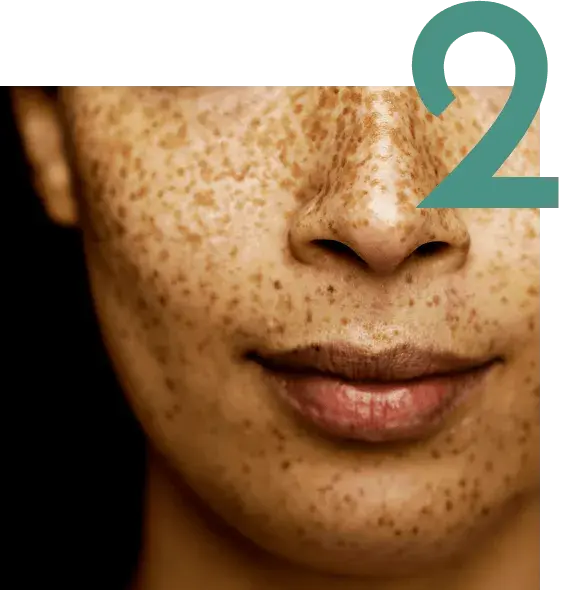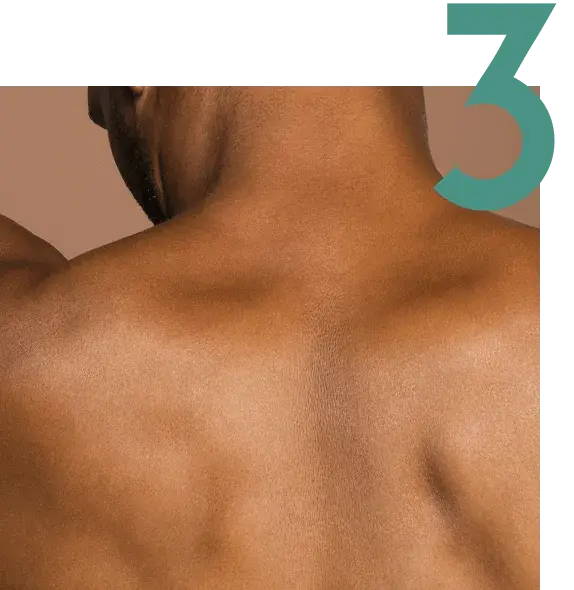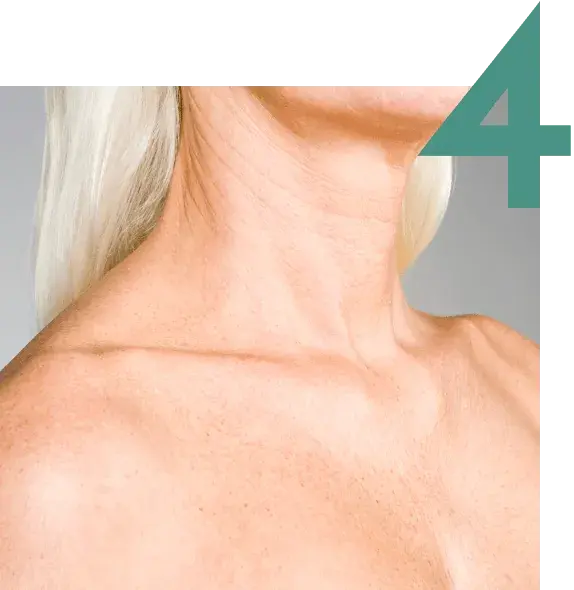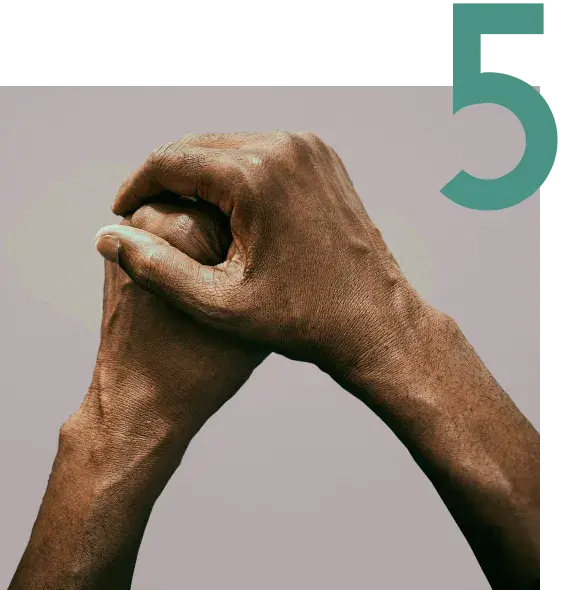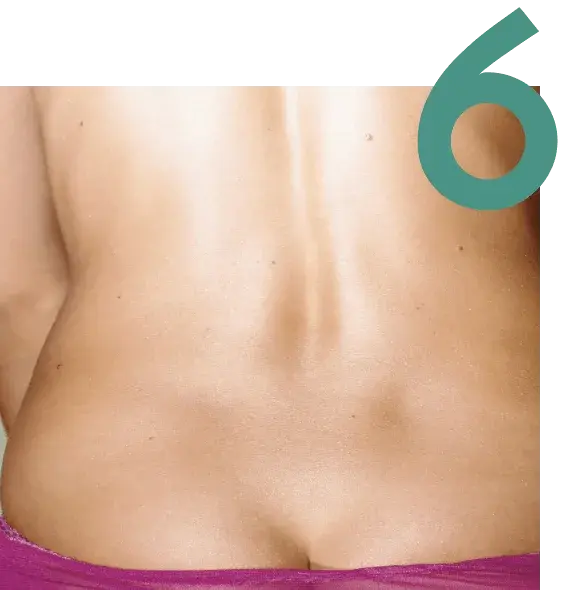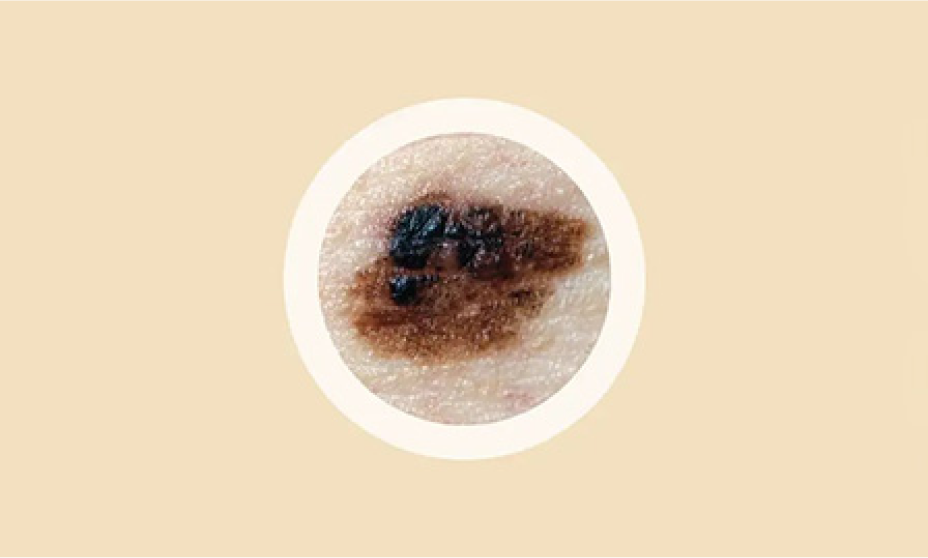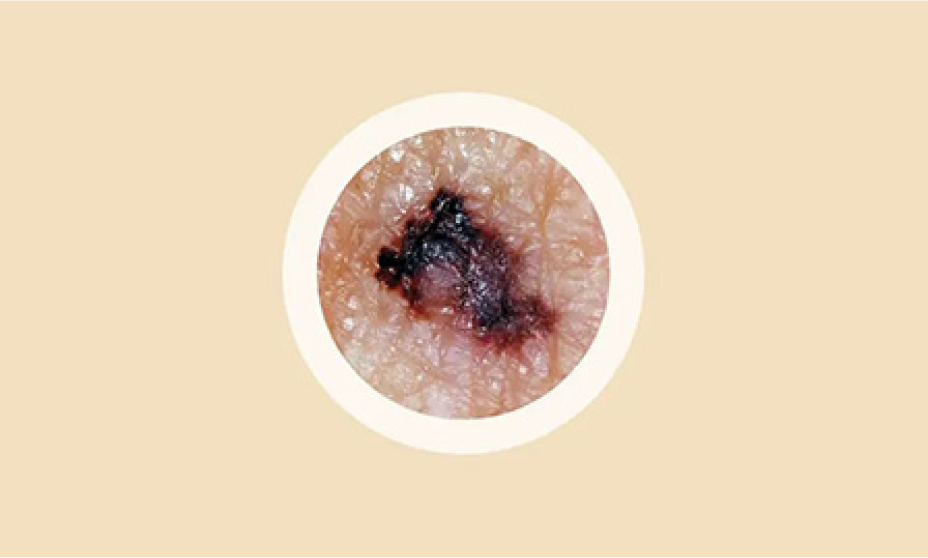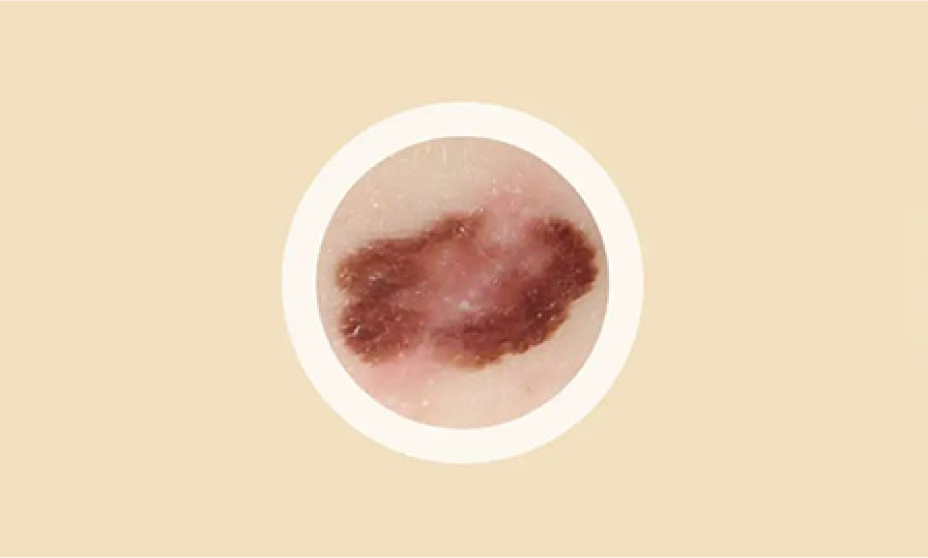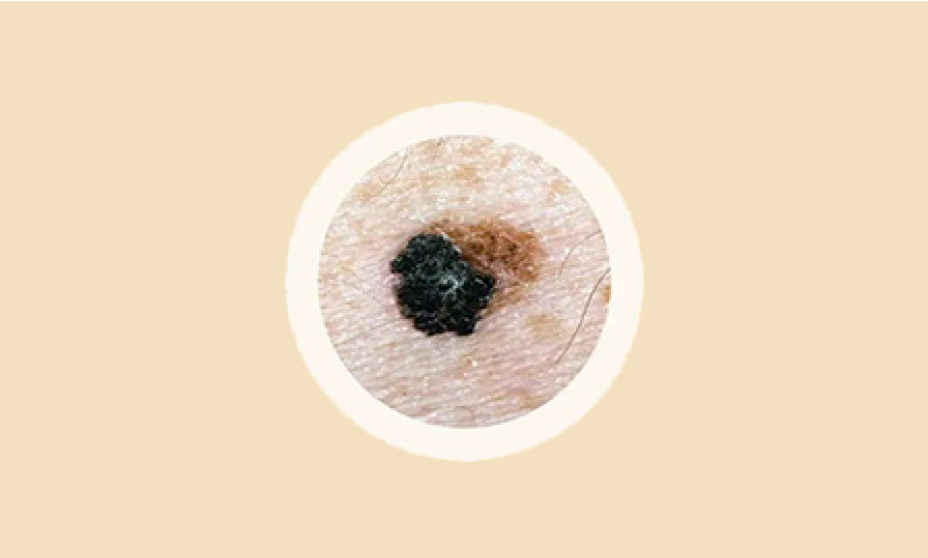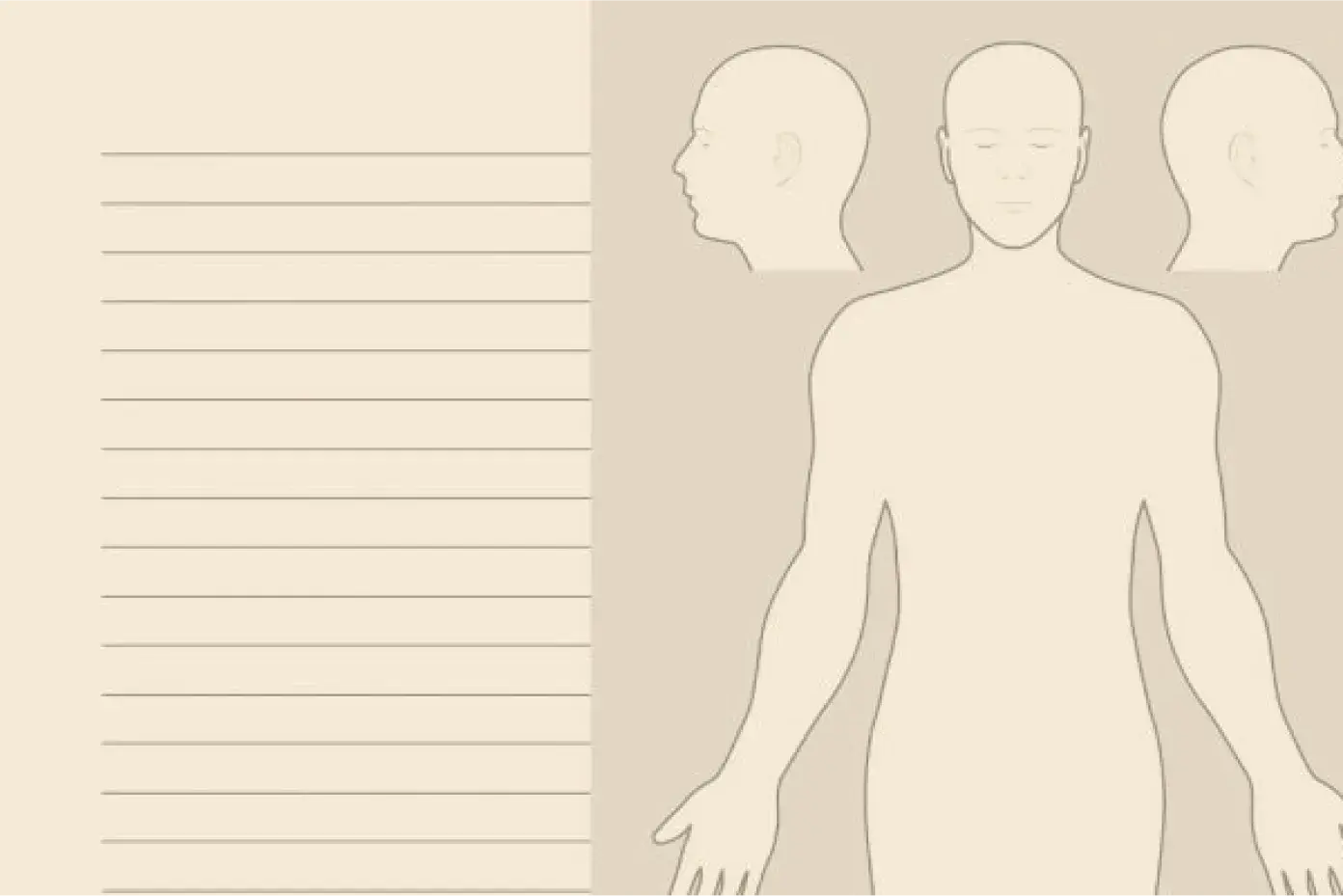CHOOSE SKIN HEALTH™
Self-exam. Beautifully.
Checking for skin cancer is easy to add to your skincare routine. Really easy.
Just take a few minutes and you could uncover skin cancer before it becomes a bigger problem. Watch and learn about what you'll need, skin cancer facts, melanoma and how to check.
Skin cancer can be a big deal. Checking for it isn't.
The rate of skin cancer is rising in the US. And it can affect people of any race, sex, or age. But when detected early, survival rates can be almost 100%.
It's a full body check. Simple as that.
Pick a convenient time to do this monthly check. It shouldn't take more than about 10 minutes.
These self-exams are not meant to diagnose or replace visits with your doctor.
Skin cancer - what to look for
New or changing moles
A clear, red, brown or black growth that gets larger
Any growth that bleeds or itches
Open sores, scabs, or pimples that don't go away
ABCDEs of melanoma
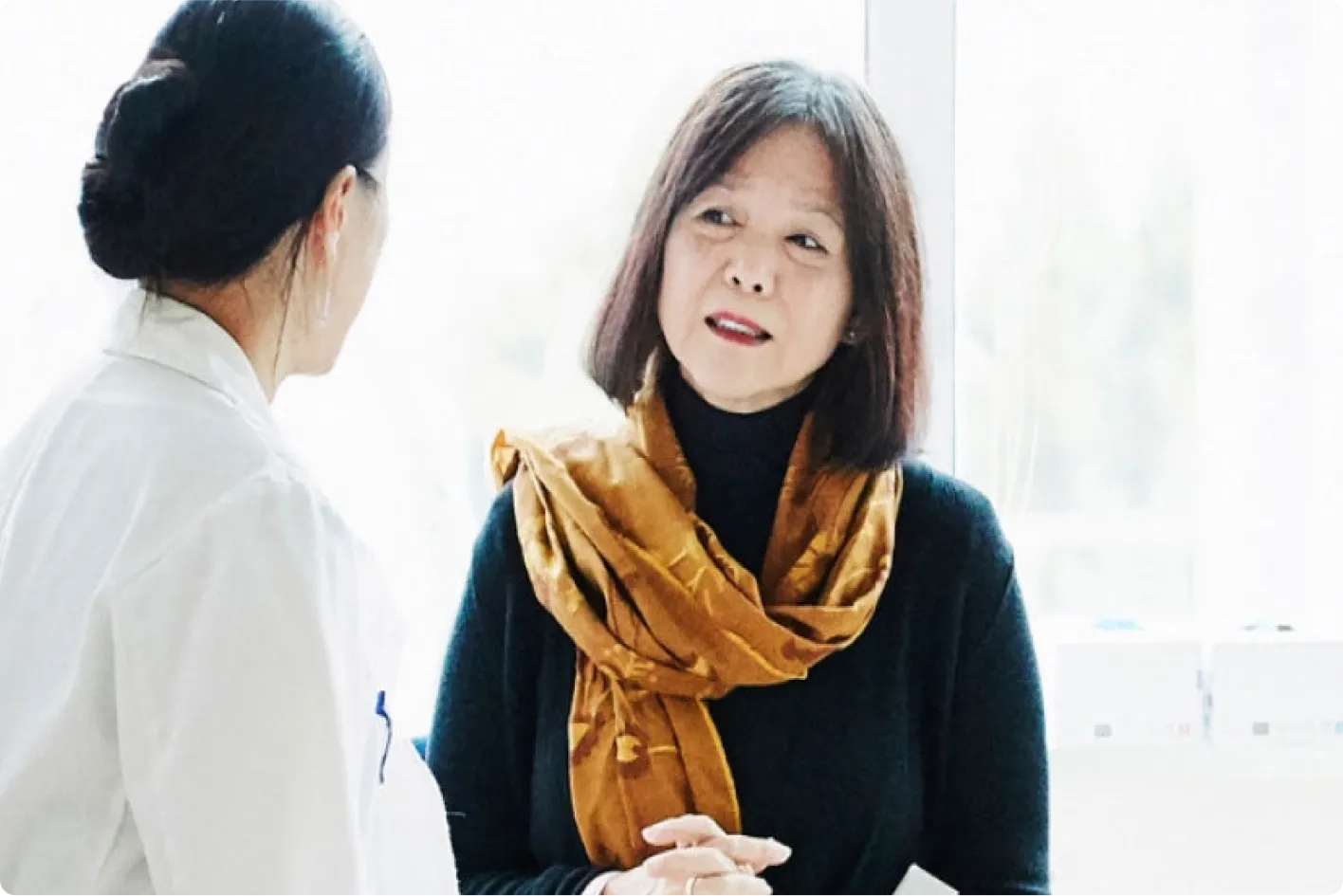
Or here is a link to find an expert evaluation

Courtesy of
American Society for Dermatologic Surgery

200,000+ new cases of melanoma
There are two types of skin cancer. Melanoma and non-melanoma.
Most skin cancer is considered non-melanoma. It develops slowly in the upper layers of the skin.
Melanoma affects the cells that give skin its colour. This type of cancer is more aggressive than non-melanoma.
The good news is you can take steps to protect yourself – including a monthly self-exam.

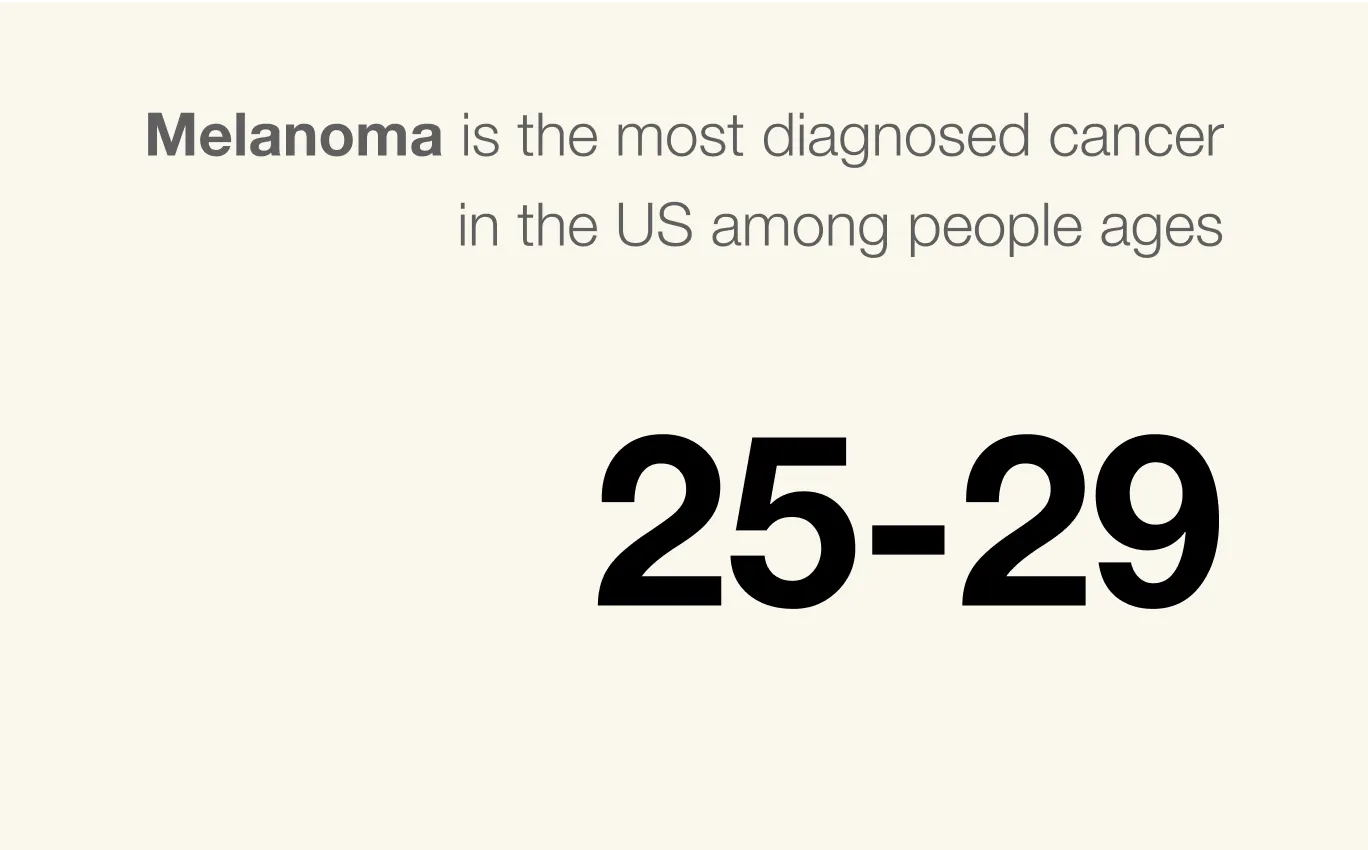


Most skin cancer is preventable. And using sunscreen every day helps protect skin from the sun's harmful rays.
The more you know about sunscreen the better.




Most skin cancer is caused by ultraviolet (UV) light. UV comes from the sun and artificial sources like tanning beds.
For a great tan, consider sunless tanning products.


Everybody needs to think about skin cancer
More than 30% of all cancers in caucasian people are skin cancers
Melanoma and non-melanoma skin cancers can affect anyone, no matter their ethnicity or skin color.
The risk of getting melanoma for Latinx people is 1 in 167. And the risk of getting melanoma for Black people is 1 in 1000.
Special attention for darker skin
30-40% of skin cancer in people of color appears under the foot
The risk is lower for people of color. But when skin cancer is found, it tends to be at a more advanced stage. Which can be harder to treat.
Melanomas in Black, Asian, and native Hawaiian people usually appear on harder to find areas. It can show up under hands and feet, inside the nose or mouth, and under fingernails and toenails.

Tip 1
Keep a record of your spots

Tip 2
Take pictures of anything that looks unusual
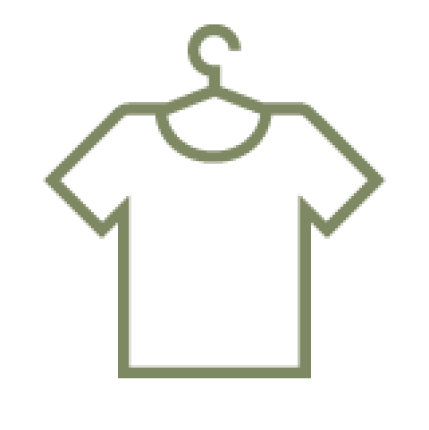
Tip 3
Do your self exam before or after a shower. Or when changing your clothes




